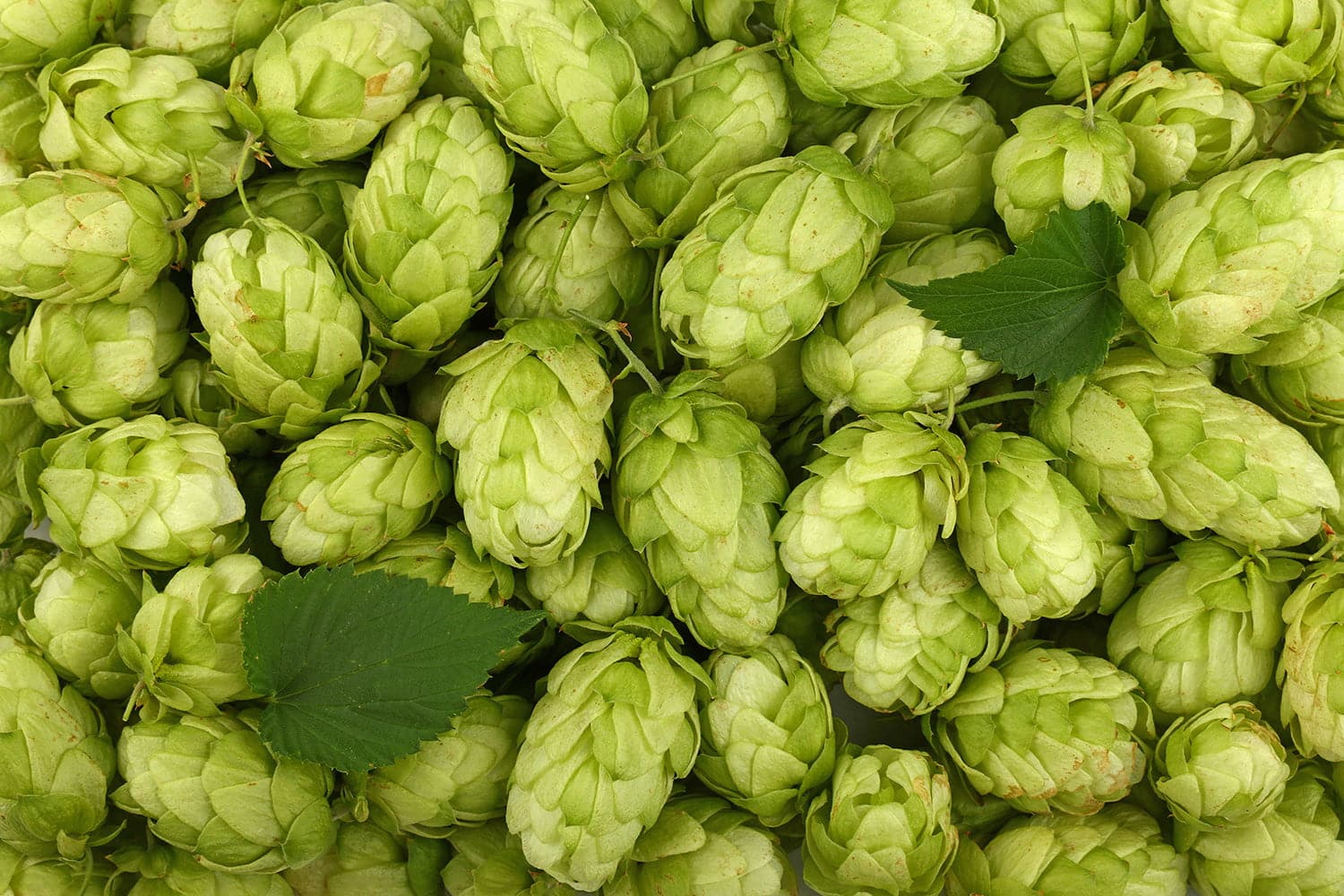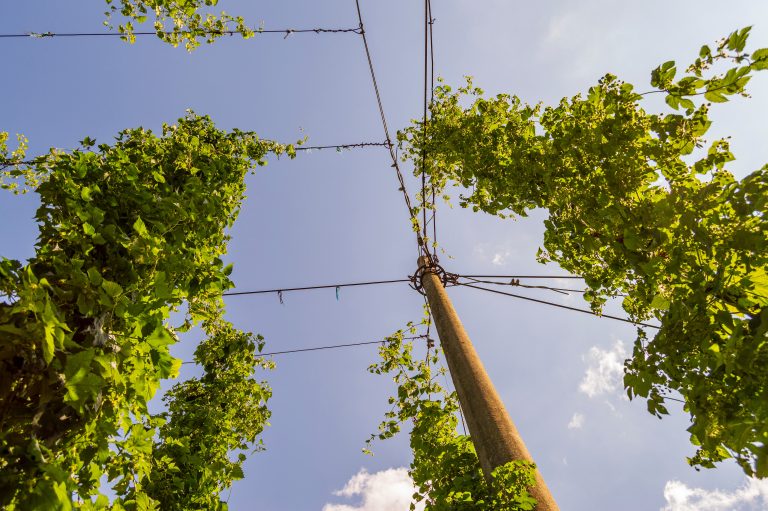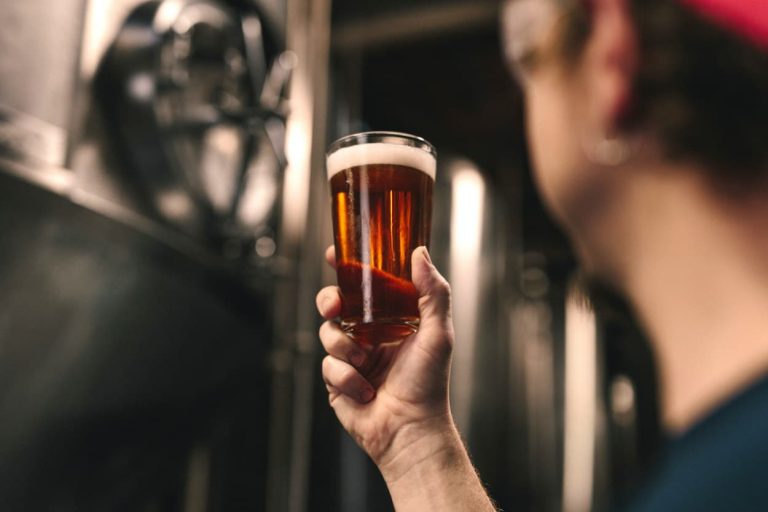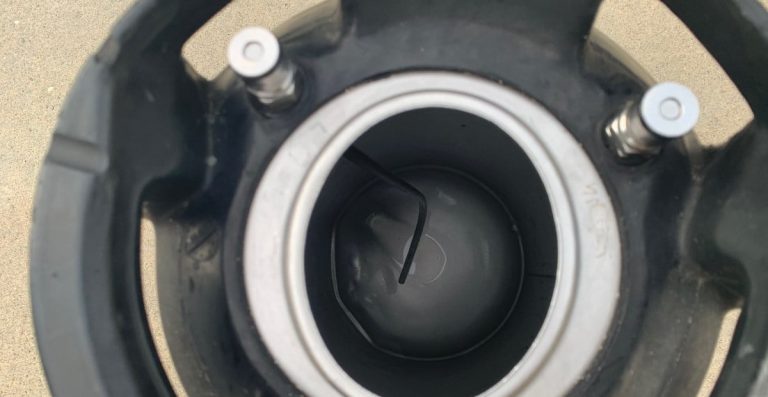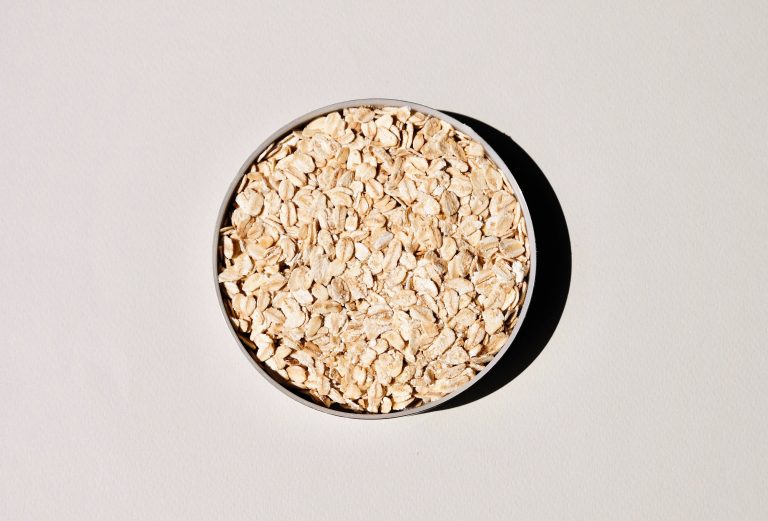All Types of Hops: Aroma, Noble, Bittering & Dual Purpose
Beer hops come in all different shapes, sizes, flavors and aromas.
Some hops are used to only add flavors and aromas to the final beer, while others add bitterness and stability. Lately, a lot of hops are now being classified as “Dual Purpose”, which means can do both. The type of hop is very important when it comes to when you use it within a recipe. Here are the three types that all beer hops fall into:
Aroma
Aroma hops should be used late in the boil or in a dry hop. “Late in the boil” refers to last 10 or 15 minutes of the boil as well as the whirlpool. Dry hopping is a recent phenomenon, which involves adding hops to the fermenter after the yeast have already started doing their thing.
Hops that are considered strictly aroma varieties are low in alpha-acids. Their alpha-acid percentage usually clocks in at less than 10%. These hops also usually have a 1:1 ratio of alpha:beta acid contents. This ratio makes it hard to add enough bittering to a beer with aroma hops. Since alpha acids isomerize at temperatures above 175°F (79°C), bittering can still occur with these hops, but due to the low amounts, it will not be significant.
Smell tests are used to identify the aromas and flavors added by hops. The aromas and flavors are the result of essential oils that mimic fruits, spices and other plants. There are four main essential oils that contribute to aromas of hops. They include:
- Myrcene (β-myrcene): This oil is the most prominent and adds resinous pine, citrus, and fruity flavors to beer. Myrcene is commonly seen at levels over 50% of all available hop oils in each hop variety.
- Humulene (α-caryophyllene): Humulene is the second most abundant hop oil and it adds woody, hoppy, and spicy notes to beer.
- Caryophyllene (β-caryophyllene): This oil adds black pepper, spicy, and herbal aromas to beers. It is typically 5-20% of all oils in a particular hops.
- Farnesene (β-farnesene): Many hops have between a trace amount (<1%) and no farnesene oils in them. When present, this oil adds fresh, green, and woody aromas to beer.
In addition to these four, there are over 10 other possible oils within hops. However, most are at undetectable levels, or do not contribute much to the overall flavor of the finished beer.
All essential oils that come from hops are considered volatile. These oils will evaporate quickly if left in the boil for too long. Most aromatic hop oils are best extracted in the medium whirlpool temperature range of 160–170°F (71–76°C).
Aroma › Noble Varieties
Noble hops are aroma varieties that have an extensive history behind them. The term ‘noble’ has been used since the 1980’s and refers to hops that have been used in brewing beer for centuries. Noble hops are traditional varieties that were used to make the early European beers during the time of Reinheitsgebot, or the German Beer Purity Law.
There are four varieties listed as noble hops: Hallertau Mittelfrüh, Saaz, Spalt, and Tettnanger. They all have German names, however Saaz is different in that it’s grown in the Czech Republic.
American substitutes for noble hops include the US Fuggle, Liberty, Mt. Hood, Vanguard, and Willamette hops. There are some ‘nearly noble hops,’ which are often lumped in with the originals. In this category are the English Fuggle, East Kent Golding, Hersbrucker, and Styrian Goldings. They all have characteristics that are extremely similar to the true noble hops, but they just aren’t the same.
Bittering
All bittering hops are high in alpha acids, as they are the main source of bitterness in beer. Longer boil times will result in isomerization of more alpha acids leading to increased bitterness. The amount of bitterness in beer is measured in International Bitterness Units, or IBU for short.
Beta acids contribute no bitterness and are responsible for contributing volatile aromatic and flavor properties. However, the ratio of alpha to beta acids dictates the degree to which bitterness fades during aging. Ratios greater than 2:1 are common in bittering varieties.
Hops classified as ‘bittering’ should be used early in the boil. These hops add the bitterness in beer that counteract the wort’s sweetness and alcohol to make it infinitely more drinkable.
Bittering hops also help stabilize the beer, which increases its shelf life. This was actually the first reason for using hops in beer. The iso-alpha-acids from hops add strong antibacterial qualities against certain strands of bacteria. This helps keep beer fresher for longer. Gruit was originally used to add bitterness to beer, but was quickly replaced by hops once brewers found that hops did a better job at keeping the beer stable.
Dual Purpose
Dual-purpose hops have high amounts of both alpha-acids and essential oils. Dual-purpose hops can be added at any part of the brewing process: beginning, late and dry hop.
Hops such as Citra, El Dorado, Simcoe and Cascade are being used at all stages. These hops are commonly used in Pale Ales and IPAs, and add bittering and aroma qualities to the finished beer.
Many of these hops have alpha-acid percentages between 8-15%. The flavors added by these hops are very indicative of Pacific Northwest hops: citrus-forward and fruity.
Beer Hops Meaning
Hops help to add bitterness to a beer to counteract the sweetness caused by all the grain sugars extracted during mashing, and they also serve to help keep your beer from spoiling due to their antimicrobial qualities.
